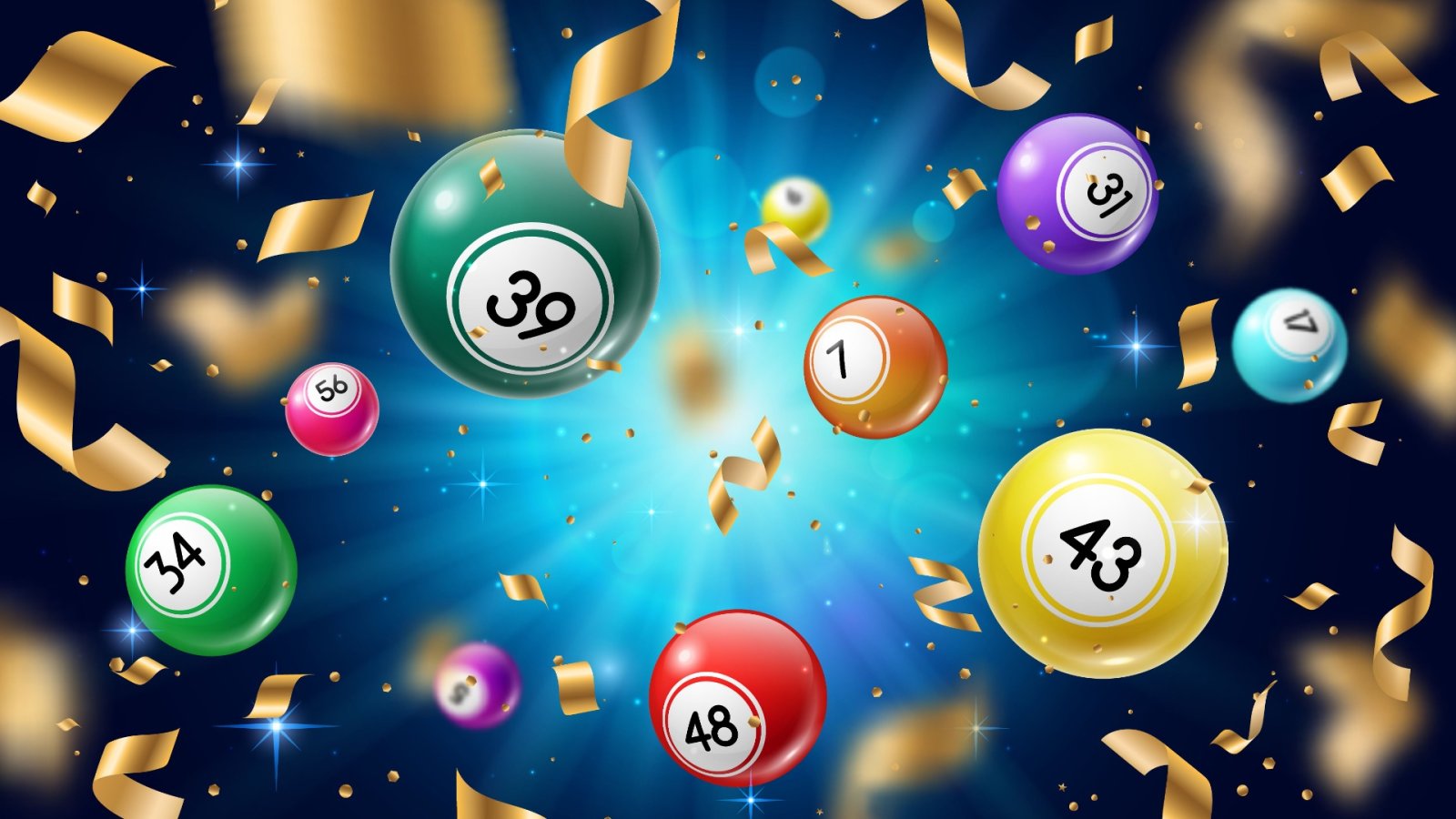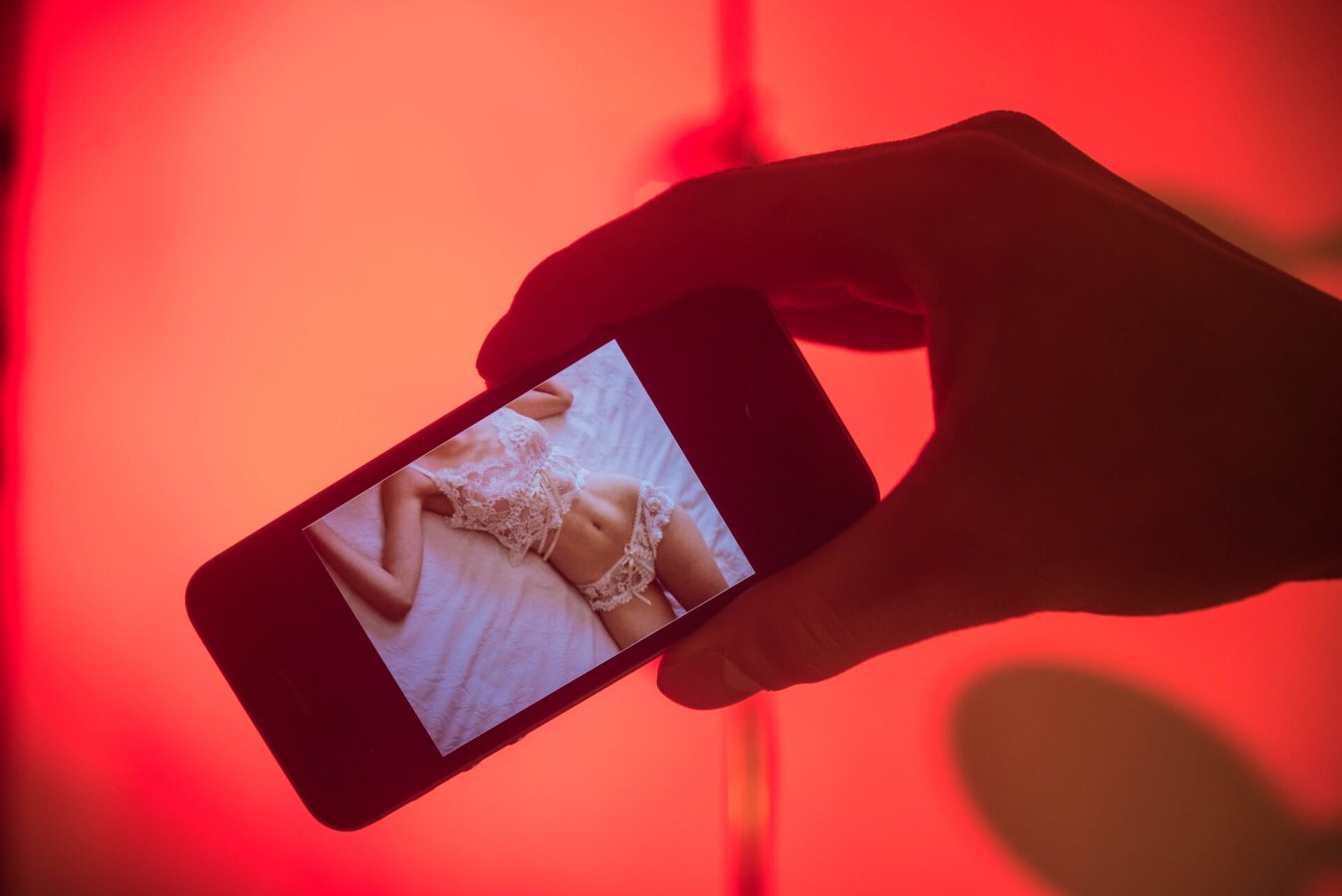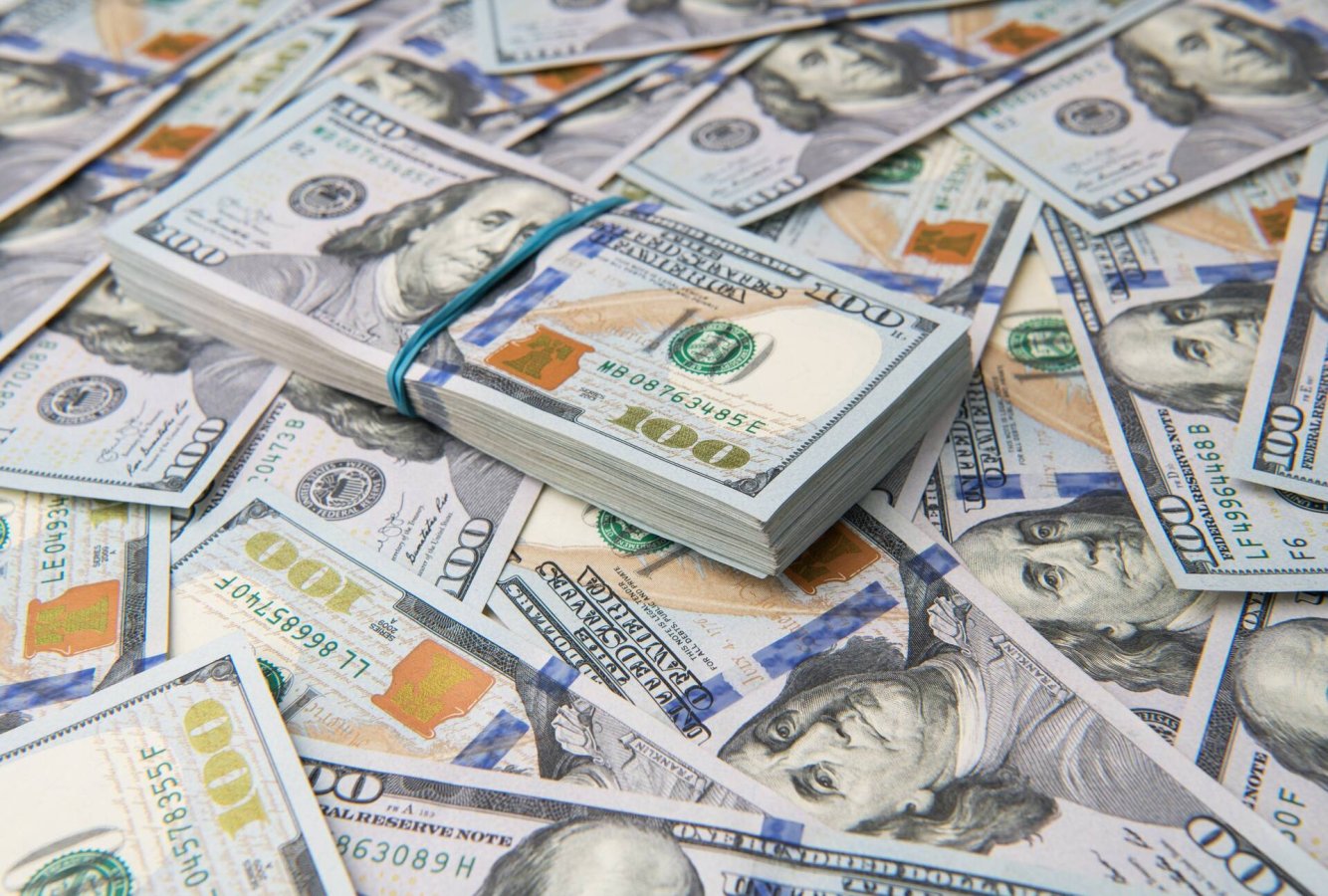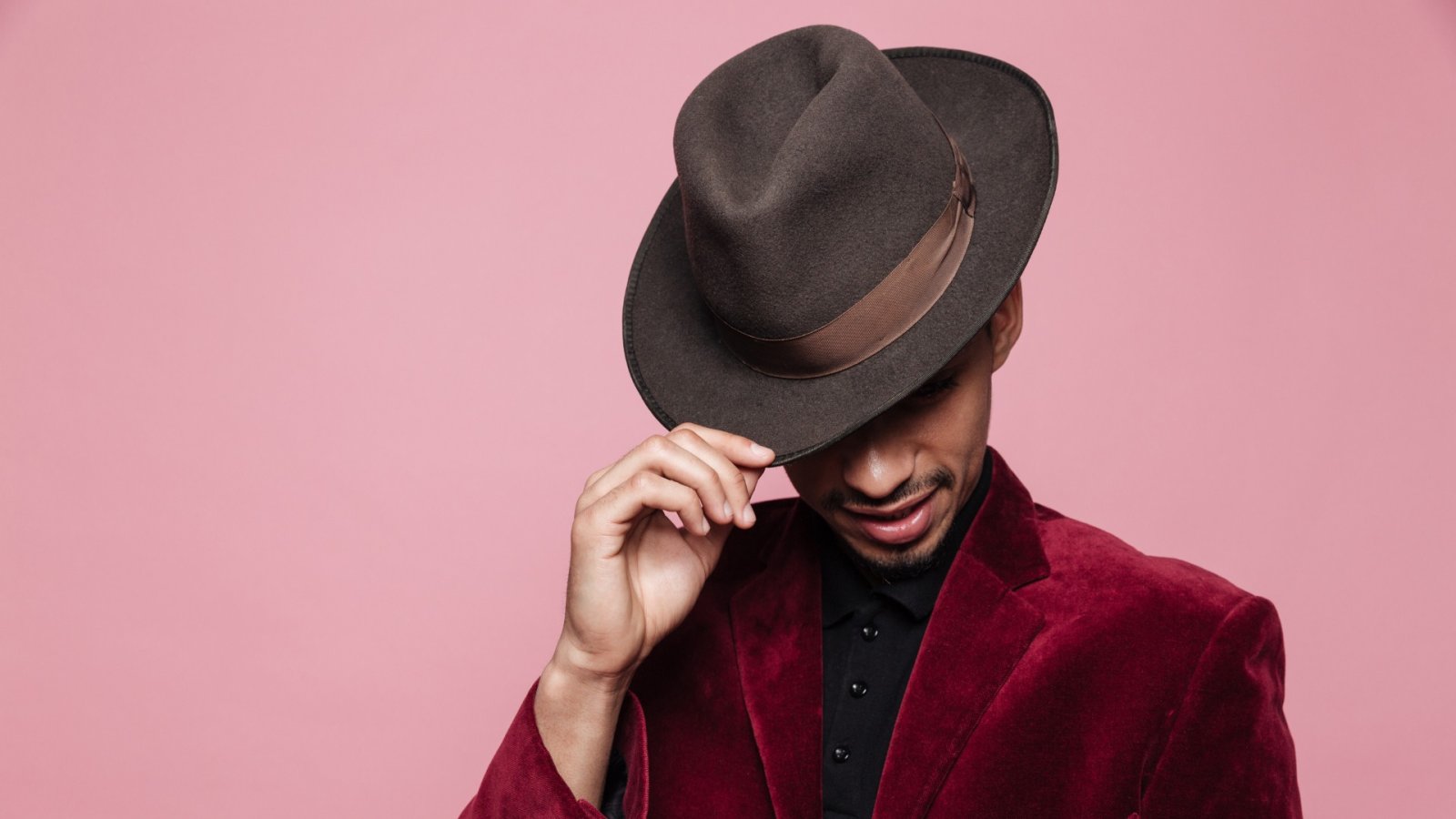Men's hats are increasingly being adopted as a common daily accessory in the modern man's wardrobe, evoking memories of a time when American men considered hats a mandatory part of leaving the house.
Hats for men come in a variety of silhouettes, dimensions, and materials. To simplify the options, this guide outlines the fundamental hat styles along with some contextual history and suggestions for how to incorporate each into your looks. Breaking down the basic designs, offering brief background information, and providing pointers for styling them aim to make selecting the right hat approachable.
THE FEDORA
The fedora is traditionally creased down the center of its dome-shaped crown and gently pinched near the front on both sides, forming its signature indented silhouette. Closely associated with gangsters during the Prohibition Era of the 1920s-1950s, when fedoras were ubiquitous for American men, it gained widespread popularity. For many decades, leaving the house without some type of headwear was unthinkable. However, the trend slowly shifted as style icon JFK began making public appearances hatless, signaling a nearly 40-year decline in hat-wearing that followed.
A quality felt or straw fedora features a durable yet pliable brim that allows shaping. The brim can be snapped up or down at the front or back to sculpt the perfect casually tipped fit. This moldable brim allows owners to put their unique stamp on the classic fedora style.
THE HOMBURG
As the dressier relative of the fedora, the homburg maintains a similar center-creased crown but is often made without the fedora's signature pinched sides. Most commonly crafted from fur felt or straw-like its casual counterpart, the homburg differentiates itself with a stiffer, unfurled brim reinforced with an upturned lip encircling the entire hat. This more rigid construction results in a brim that typically cannot be molded or snapped down, preserving its formal upturned profile. Appropriate for business affairs needing a tailored sophisticated look, the classic homburg remains a mainstay for occasions when a fedora seems too casual.
THE TRILBY
Distinguished from the fedora by its narrower brim, the trilby angles downward at the front before turning up in the back, contrasting with the fedora's generally level, wider brim. The trilby's crown also tends to be slightly shorter. It saw widespread adoption in the 1960s as lower car ceilings made tall-crowned hats impractical for driving. However, its popularity waned in the 1970s as men's headwear in general fell out of fashion. The trilby briefly recaptured interest associated with 1990s boy bands and cheesy musicians but more recently has taken on an image as iconic nerd-culture attire, especially cheaply made synthetic varieties. While retaining its historical silhouette, the current perception of the trilby leans closer to kitsch than classic, though efforts continue to reinvent it for modern menswear.
THE PORKPIE
The porkpie hat boasts a slender brim, perpetually upturned, and a flat crown featuring a circular indentation. As fashion commentator Glenn O'Brien humorously noted, it's "the badge of the committed hipster, the sort you'd encounter in a jazz joint or a billiards hall... often paired with a goatee, soul patch, and/or toothpick." Perhaps its most iconic portrayal on television is by Bryan Cranston's character, Walter White, in Breaking Bad, especially when he assumes his alter ego, "Heisenberg," whose identity is intricately linked with the hat.
THE PANAMA
The Panama hat originates from Ecuador and is crafted from straw, boasting a traditional brimmed style. Resembling the trilby with its downturned front and upturned back, it also shares proportions akin to the classic fedora. Traditionally, these hats were woven from the plaited leaves of the Carludovica palmata, a plant resembling a palm.
The most exclusive and costly Panama hats, known as Montecristis, can feature an astonishing 1600–2500 weaves per square inch. Produced in the town of Montecristi, they are renowned for their rarity. The Montecristi Foundation has devised a grading system centered on a metric known as the Montecristi Cuenta, determined by counting the horizontal and vertical rows of weave per inch. Legend has it that a "superfino" Panama hat is so finely crafted that it can hold water and, when rolled up for storage, pass through a wedding ring.
THE BOATER
The boater, a quintessential men's summer formal hat, is crafted from rigid sennit straw. Its defining features include an unyielding brim, a flat crown, and a broad grosgrain band, often adorned with stripes or solid black for classic summer formal events. Exhibiting a level of formality akin to the homburg, the boater is appropriately paired with a blazer, a refined lounge suit, or even worn alongside black tie attire.






